Latest News
X (formerly Twitter) as a traffic source for mobile applications
WakeApp is back with its “Source of the Month” – an educational guide for mobile app marketers.
According to information gleaned from Statista, app stores are currently swamped with applications: Google Play includes 2.6 million apps while there are almost 4.5 million in the Apple App Store. So, what does it take for an app to rise to popularity among its users? It surely is no longer the case of uberizing a program capable of connecting clients to a service. This is where our highlight tool of the month comes in.
At WakeApp, we’re always ready to lend a helping hand to novice marketers, partners and specialists in the mobile application promotion market to keep abreast of the latest GEO trends, traffic sources and promotion features. This time, we’re introducing our readers to the highly popular advertising platform for media buyers and app marketers, X (formerly Twitter)!
X is an American microblogging service and social network where users post and interact with messages known as “tweets”. X, Inc., which is based in San Francisco, California, provides the service and has over 25 offices worldwide. Tweets were initially limited to 140 characters, but in November 2017 the limit was doubled to 280 for most languages. Audio and video tweets remain limited to 140 seconds for most accounts.
Facts about X
- X has almost 368 million monthly daily active monetizable users (data for 2022), and this figure is constantly growing.
- X users are predominantly male. According to Statista data for January 2023, males account for 63% of social media users while 37% are women. Almost 40% of them are aged between 25 and 34.
- X’s audience is mainly mobile: according to X, about 80% of social network users access X from smartphones and 93% of video views on X occur on mobile devices.
- As of January 2023, X is most popular in the United States, Japan and India.
How can marketers use X?
Since there are not as many ads on X as on other social networks, users are less likely to experience banner blindness. Therefore, the likelihood that the ad will be noticed is higher.
At the same time, the majority of X users are consumers, not content creators, which means they are looking forward to the opportunity to participate in discussions, download applications, and are also ready for interactivity and a gaming format of interaction.
It was on April 13 back in 2010 that X introduced advertising. This advertising was limited only to banner advertising. Four years later, on April 17 2014, X officially announced the launch of a platform for advertising applications using the MoPub mobile traffic exchange system, having acquired this service six months earlier.
This service made it possible to install promotional applications directly from the X news feed. Ads were simultaneously shown on X through a promotional tweet system and on users’ mobile devices through MoPub.
What does the X advertising account look like?
Level 1. Goals.
There are a total of seven goals on X: Reach, Video Views and Pre-Roll Views, App Installs, Website Transitions, Interactions, Readers, Repeat App Interactions.
Level 2. Campaign.
After selecting a goal, you need to set your settings at the campaign level, namely: give a name to the campaign, set the daily budget, total budget, start and end dates of the campaign, and the pace of impressions.
Level 3. You will be taken to the ad group settings that you will need to set: Group name, Start and end time of impressions, Total ad group budget, Bid type.
What can you target on X?
- User demographics. To target demographics, set users’ gender, age, location, and language.
- Device data. In this section, select what devices your target audience uses—desktop computers or smartphones on iOS, Android, or other operating systems. You can also specify information about the operator and device model.
- Custom audiences. On X, you can create custom audiences based on your contact list, website or app activity, and combined audiences based on app activity. In the same section, you can create look-alike segments by checking the “Include users similar to your selected custom audiences” checkbox.
- Targeting options. You can target by interests, events, conversation topics, movies and TV shows, and reach users similar to followers of a specific account. Interests and activities can be selected from a drop-down list.
- Keyword targeting is also available, allowing you to include or exclude campaign users from your advertising who enter certain words in X searches or use them in publications.
- In additional settings, you can set up retargeting for those users who interacted with or saw posts. You can enable audience expansion, or add users who are already following your account to your audience.
- Depending on the purpose you choose, impressions may be available in your home feed, profile, search results, and X Audience Platform which is a network of popular apps. Connecting the X Audience Platform allows you to expand your advertising reach. When setting up impressions in the Audience Platform, you need to add an advertising category (cars, restaurants, education, etc.), add a link to the site, and, if necessary, exclude applications in which you do not want to appear.
When choosing targeting, focus on test results and analytics. If you haven’t run X ads before, create ad groups for each target group.
When using keyword targeting with the “Include” option, add at least 25 keywords, as per X’s recommendations. When selecting the Exclude option, remember that too many words will narrow your coverage.
Advertising formats
X advertising comes in three formats:
- Promoted Tweets. They look like regular posts but are marked as “Advertising”. Users can like, repost and comment on them just like organic posts. Promoted posts are shown in X search results, in the news feed, in the profiles of users and official partners of the site.
A promoted post can contain an image or video. The video plays automatically in the News Feed and loops if it is less than 60 seconds long. You can also insert a link to a website or application into your ad to attract traffic or motivate users to convert:
2) Promoted Accounts. This type of advertising is needed to direct traffic to a brand account, increase activity and the number of subscribers. Ads with promoted accounts are displayed in the news feed, in search results and in the “Who to Read” section. They are marked with an “Advertising” icon and contain a “Subscribe” button.
3) Promoted Trends. Promoted trends involve placement in the trend list on the side of the page. Advertising will be at the top of this list.
How do we use X at WakeApp?
X makes up one of the 30+ sources that WakeApp uses to promote applications.
We have been using this traffic source ever since its appearance on the advertising market, and turn to X when our clients’ goal is to attract a young, but already solvent audience.
X’s main audience is 25-34 year olds who tend to be mature, progressive and technologically inclined. This audience type is especially relevant to brands with paid applications as such an audience are usually more willing to respond to and purchase an application/subscription for a service they need.
What’s more, promoting on X comes at an average market cost which allows even promoters with a tight budget to promote brands.
About our guide: Every month, we publish helpful promotion guides where we discuss promotion features in a particular region according to traffic sources and GEO traffic. We also seek to keep our readers up-to-date on tips, as well as restrictions and bans about promoting on certain sources.
Think of it as a mobile marketer’s desktop guide!
About us: WakeApp is an international mobile marketing agency with over 9 years of experience in the market, and is leading the development and promotion of gaming and non-gaming mobile applications in the e-comm, video streaming, food delivery, sport, utilities, and finance verticals. In 2022, WakeApp received The Media Agency of the Year at the SiGMA Asia Awards, and in 2021, WakeApp placed in 5 categories in the 13th edition of the AppsFlyer Performance Index XIII.

Latest News
The anatomy of a high-performing iGaming platform: a guide from Slotegrator
Slotegrator, a gambling solutions provider and game aggregator, has released new downloadable material about the key components of a successful online casino platform. The guide includes practical checklists to help beginners set up platforms from scratch and experts enhance their projects.
In the iGaming industry, a project’s long-term success depends on the power and versatility of its platform. But that platform can’t be based on any old software; just like how you can’t have a car without four wheels and an engine, there are vital components to an online casino platform.
So what are they?
Let’s start with first impressions. The frontend is the “face” of a platform. Almost 75% of players judge a gambling website based on its appearance, and 88% of users won’t return after a negative experience.
Key frontend elements include:
- Branding (visitors should understand the idea from the first glance)
- Navigation (everything should be simple and easy to find)
- Transparency (players must have easy access to relevant information)
- Localization (adoption of language, currency and cultural norms).
If the frontend is the face, the backend is the brain. It should contain all the tools for successful online casino management. A quality backend should give the operator total, real-time monitoring and control over every aspect of a business — payment processing, regulatory compliance, game statistics, player data, retention strategies, analytics, compliance, player support, and everything else.
New operators often find themselves trying to choose whether to build such a platform in-house or to outsource the job. Slotegrator’s report carefully weighs the pros and cons of each option and reaches a clear conclusion: in-house development might save a little money in the short term, but it’ll cost much more in the long run.
“We created this guide to help operators to understand what truly belongs in a successful iGaming platform. An engaging frontend and a powerful backend are essential tools for attracting and retaining players. The guide is a valuable resource for evaluating a platform’s strengths and weaknesses and building a clear promotion strategy”, says Svetlana Kirichenko, Head of Marketing at Slotegrator.
Slotegrator’s guide also includes several key checklists:
- Essential frontend functions
- Key backend features
- Necessary modules for platform architecture (featuring a real example of Slotegrator’s turnkey online casino platform.
Download the guide via the link.
ABOUT THE COMPANY
Since 2012, Slotegrator has been one of the iGaming industry’s leading software and business solution providers for online casino and sportsbook operators.
The company’s main focus is software development and support for online casino platforms, as well as the integration of game content and payment systems.
The company works with licensed game developers and offers a vast portfolio of casino content: slots, live casino games, poker, virtual sports, table games, lotteries, casual games, and data feeds for betting.
Slotegrator also provides consulting services in gambling license acquisition and business incorporation.
The post The anatomy of a high-performing iGaming platform: a guide from Slotegrator appeared first on European Gaming Industry News.
Latest News
PAGCOR ORDERS TAKEDOWN OF GAMBLING BILLBOARDS
In a memorandum issued on July 7, PAGCOR directed all licensees, suppliers, system administrators, and gaming venue operators to take down gambling ad materials, including those displayed on trains, buses, jeepneys, and taxis.
The agency emphasized that only institutional or responsible gaming campaigns—subject to PAGCOR’s approval—will be permitted moving forward.
“We have given all our licensees and stakeholders until August 15 to completely remove all gambling-related ads,” said PAGCOR Chairman and CEO Alejandro H. Tengco.
“Prior to that, stakeholders must also submit an inventory of their existing billboard and wallscape advertisements by July 16.”
The inventory, according to Mr. Tengco, must include the size, material, location, rental contract expiration, and the corresponding permit number from the Ad Standards Council (ASC).
The PAGCOR chief said the move is part of the state gaming agency’s commitment to promote a safer and more responsible gaming environment in the country.
“While PAGCOR is mandated to regulate the gaming industry and generate revenues for nation-building, we do not want to encourage a culture of gambling addiction,” he said.
“Regulating excessive and pervasive gambling advertisements is a critical step in protecting vulnerable sectors of society, especially the youth.”
The agency also warned against replacing the dismantled advertisements with new gambling promotions, stressing that non-compliance will be dealt with accordingly.
The post PAGCOR ORDERS TAKEDOWN OF GAMBLING BILLBOARDS appeared first on European Gaming Industry News.
Latest News
Week 28/2025 slot games releases
Here are this weeks latest slots releases compiled by European Gaming
Spinomenal has released its latest title, Queen of Oasis. Set against the rolling ancient Egyptian dunes and lush, palm-lined oases, Queen of Oasis immerses players in an elegant world of riches. Camels, vultures, antelopes, snakes, and the powerful Queen herself bring this 5-reel slot to life. The reels sit within two ornate marble pillars where the bejewelled Queen represents the Wild symbol.
TaDa Gaming has released Golden Bank 2, a sequel to the popular Golden Bank slot. With a 10,000x max win and exciting features, Golden Bank 2 engage players with its immersive gameplay and the potential for substantial payouts. Set in a golden vault, Golden Bank 2 combines the simplicity of classic slots with the thrill of modern mechanics. With vibrant graphics and a dynamic soundtrack, the game immerses players in an exciting, high-stakes atmosphere.
Evoplay has launched Belfry Bliss Hold and Win, a fiery 5×3 slot that blends retro-inspired visuals with a darker twist on the fan-favourite Hold and Win mechanic. Set against a backdrop of flames and ringing bells, the game reintroduces Evoplay’s mischievous Devil character, not as a foe, but as a Wild symbol, lighting the way to potential wins. Classic slot icons like sevens, bars and cherries return, but the real action begins when the bells drop.
Brute Force: Alien Onslaught reunites the original Brute Force members… with a surprise addition. Joshua and Jason have recruited the help of Jade, a fearless mercenary, who doesn’t know defeat. This game joins the ranks of signature Nolimit City slots like Fire In The Hole 3, Highway To Hell and most recently Flight Mode. It’s time to lock and load, once again! Unlike the prequel, Brute Force: Alien Onslaught features a 6 reel setup, wilds and a new baddie, Xylox, who can steal multipliers from Joshua, Jason and Jade.
Push Gaming has returned to the deep blue with Fish ‘n’ Nudge Big Catch, a reimagined follow-up to one of its most beloved recent titles. Building on the charm and success of the originalFish ‘n’ Nudge, Big Catch brings fresh energy to the series with a new take on free spins and added layers of excitement designed to engage both loyal fans and new players.
Play’n GO unveils Rise of Orpheus, a mythical slot that takes players deep into the Underworld in pursuit of love, light, and powerful gameplay features. Following in the footsteps of mythology-inspired favourites like Gates of Troy and Rise of Olympus, Rise of Orpheus brings the tragic tale of Orpheus and Eurydice to life through emotionally charged mechanics and immersive storytelling.
Playson welcomes the return of its mischievous trickster in Super Pink Joker: Hold and Win, who features as a Wild during base play before shapeshifting into a lavish Multiplier for the renowned Hold and Win Bonus. Set in a dazzling pink world full of energy, the release cranks up the heat with dynamic animations and upbeat audio, with the jester taking his place on the enlarged 5×3 grid alongside electrified coins and cartoon-style fruits.
Blueprint Gaming™ reignites the prehistoric fun in its latest major branded IP release, The Flintstones™ Bedrock Riches, led by two lavish bonus games and an intriguing base play trail. The series’ original, The Flintstones™, enjoyed a strong initial uptake in users following its launch in May 2024, with players gravitating towards the familiarity of the brand and series. The renowned slot studio now feels confident the latest offering has built on key features and aims to retain players long term.
ELA Games, a dynamic game development studio, announces the release of John’s Book, its modern take on timeless themes and mechanics. The game invites players to join John the Explorer to hunt for ancient treasures buried in a Pharaoh’s tomb. Rich with iconic symbols and familiar mechanics, John’s Book is a tribute to the well-loved “Book Of…” format that’s prevalent in the industry while adding its twists. With high replayability, easy-to-understand features, and an immersive design, this title appeals to both veteran and casual players.
Players get to dig deeper with every spin as they search for gems and big wins in Wild Gold Mine, the latest slot release for iGaming content provider, ICONIC21. Wild Gold Mine promises a glistening player experience thanks to a cart-load of features, including a unique bonus that makes an appearance for the very first time in an ICONIC21 slot.
“Hellish 7 Hold & Win”, (Höllische 7 Hold & Win in German) is now live, a spicy Classic Series slot from the Berlin-based developer Hölle Games. This is a new summer edition in the Hellish Seven franchise, known for its high volatility, hellishly good payouts, and hard rock riffs. The new entry features Hold & Win, where, if players can fill the reels with (any) cash symbol, they will win the impressive 7777x main prize!
Tom Horn Gaming is kicking off July with Panda Rica, a fast-paced 3×3 video slot that delivers simple yet captivating mechanics and vibrant visuals. From expanding wilds and multiplier wins to Star Gamble Ladder, the game is a standout addition to the supplier’s growing portfolio of slot titles. Designed for quick sessions and high engagement, Panda Rica combines classic slot appeal with clever gameplay that elevates the player experience.
Prepare for an unforgettable summer as Endorphina announces the highly anticipated release of Sticky Lips, its latest captivating slot. This visually striking title invites players into a vibrant world where Endorphina’s Joker makes a remarkable return, blowing irresistible kisses to make their winnings truly stick. She’s wild, she’s wicked – and her lips are ready to stick you with luck! Dare to stare into her eyes in this 5-reel 4-row slot with 50 fixed paylines and prove your worth to get a lucky, juicy kiss. With every spin, her lips glow and tempt, hungry to lock in golden wins.
The post Week 28/2025 slot games releases appeared first on European Gaming Industry News.
-

 Latest News3 months ago
Latest News3 months agoWeek 17/2025 slot games releases
-
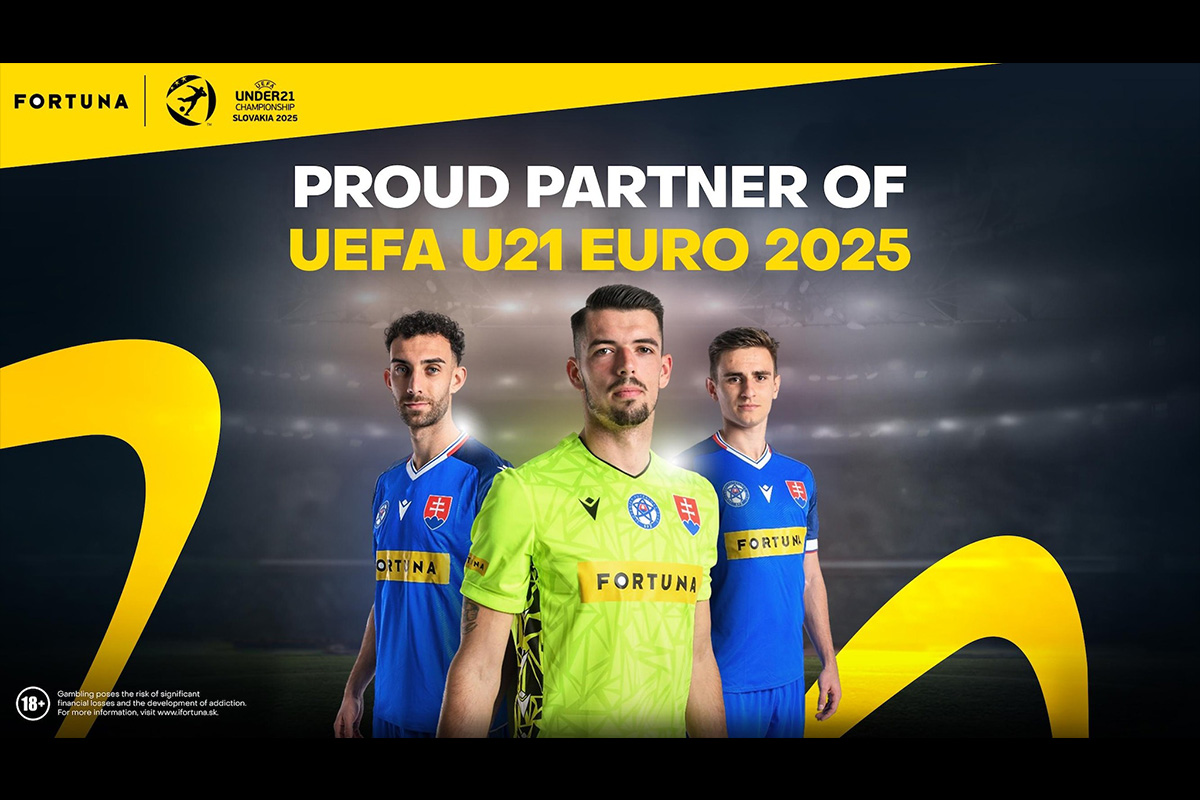
 Latest News3 months ago
Latest News3 months agoFortuna Partners with 2025 UEFA Under-21 EURO
-
Latest News3 months ago
Esports World Cup Foundation Confirms Full Game Lineup, Schedule, and Club Championship Rules for EWC 2025
-
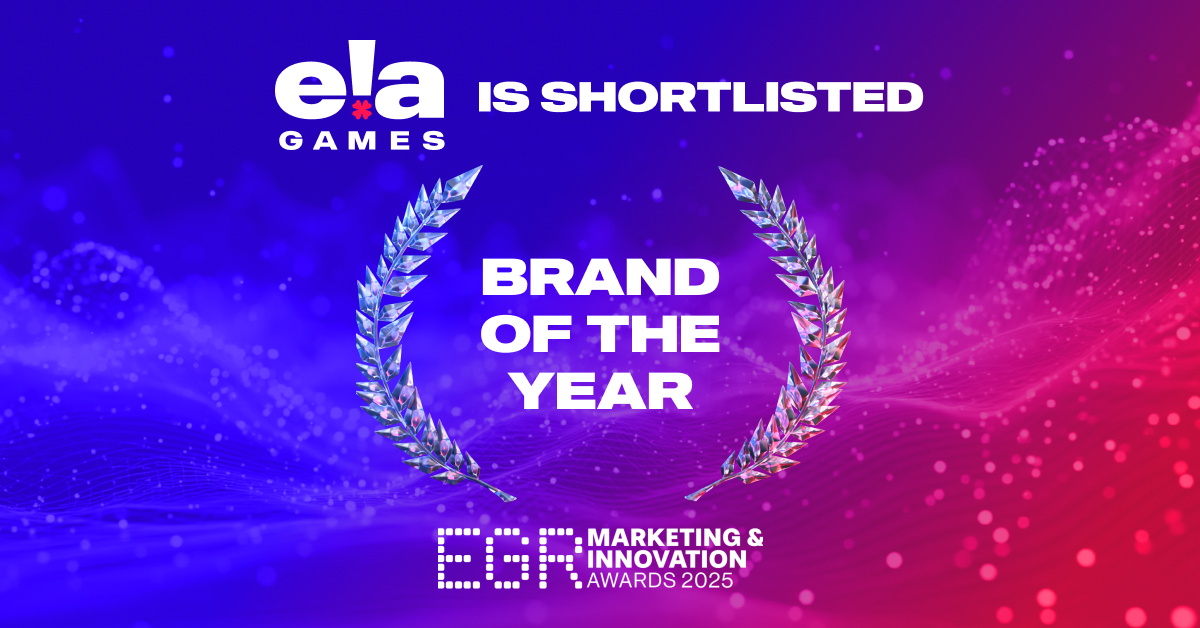
 Latest News2 months ago
Latest News2 months agoELA Games Receives Key Nomination at EGR Marketing & Innovation Awards
-
Latest News3 months ago
ACR POKER’S NEXT HIGH STAKES ADVENTURE TAKES PLAYERS TO MONTENEGRO FOR PRESTIGIOUS SUPER HIGH ROLLER SERIES
-
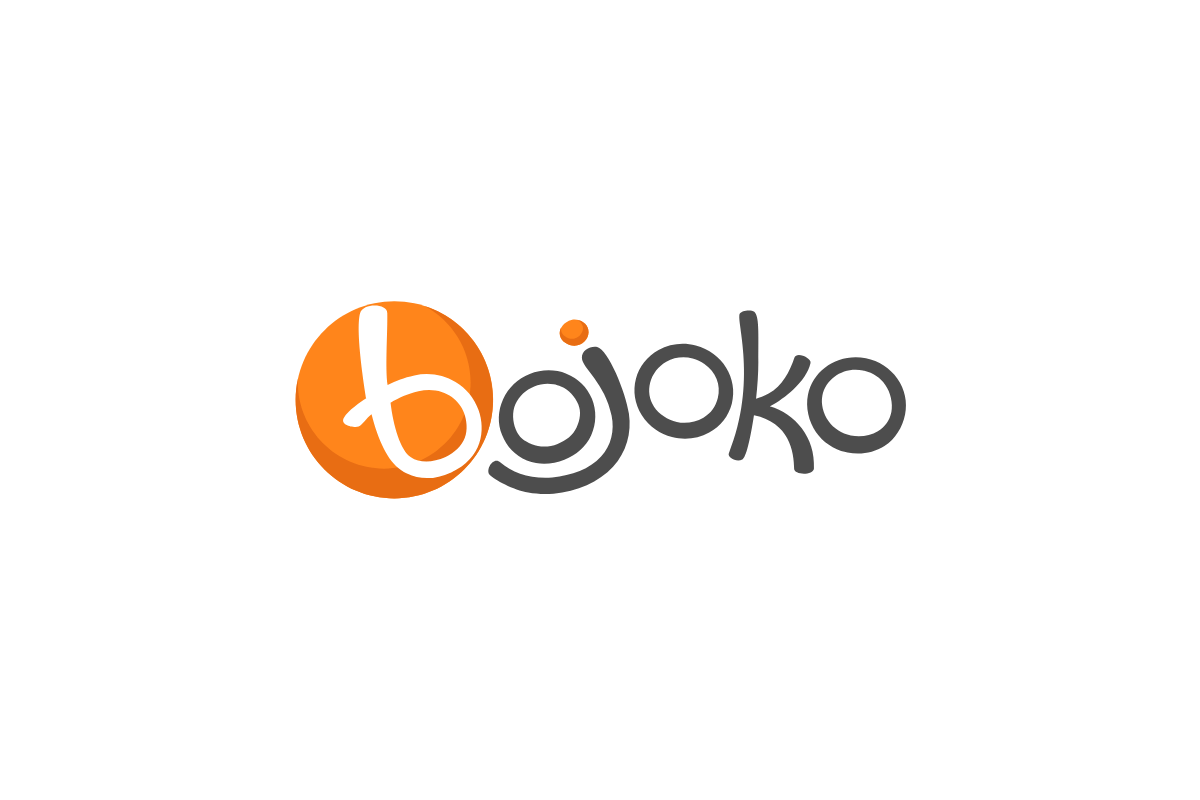
 Latest News3 months ago
Latest News3 months agoBojoko.com Surpasses €100 Million in All-Time Deposits Milestone
-

 Latest News3 months ago
Latest News3 months agoLeoVegas Group to Open a New Office in Leeds
-
Latest News1 month ago
LEGENDS by Fire & Ice: July 1st at The BOX Soho




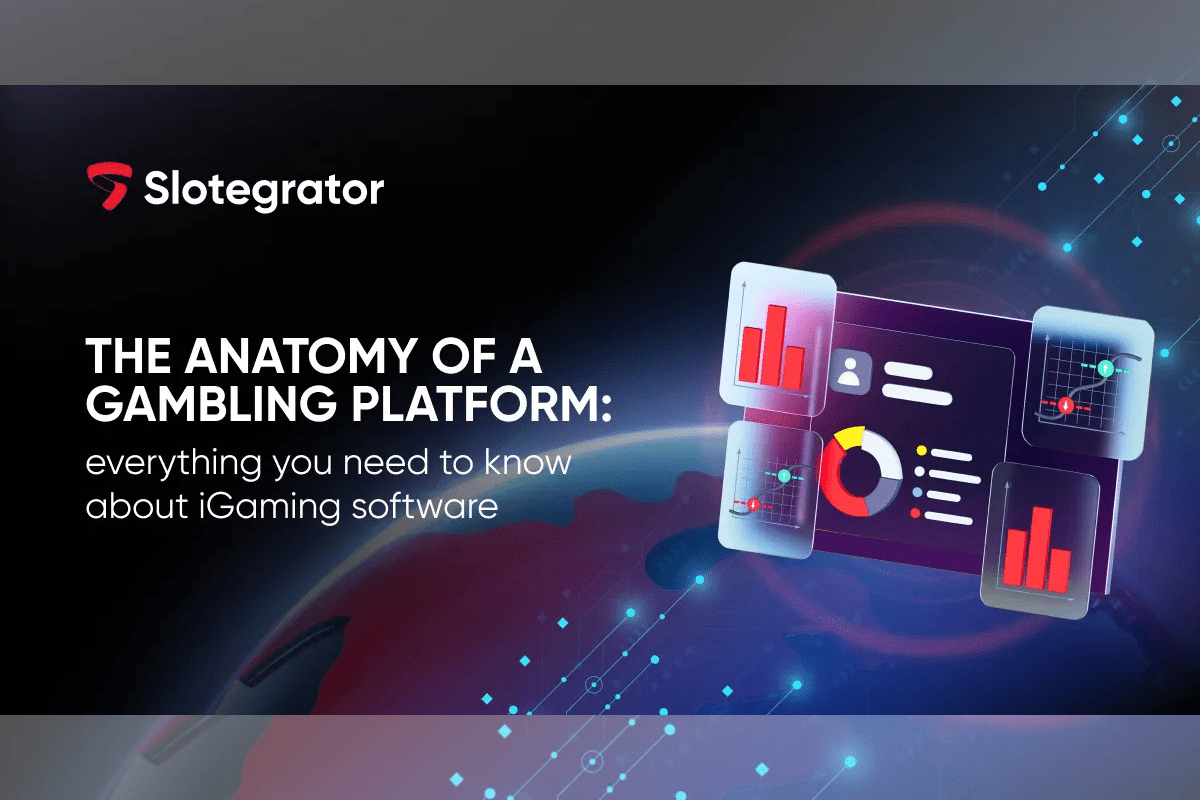
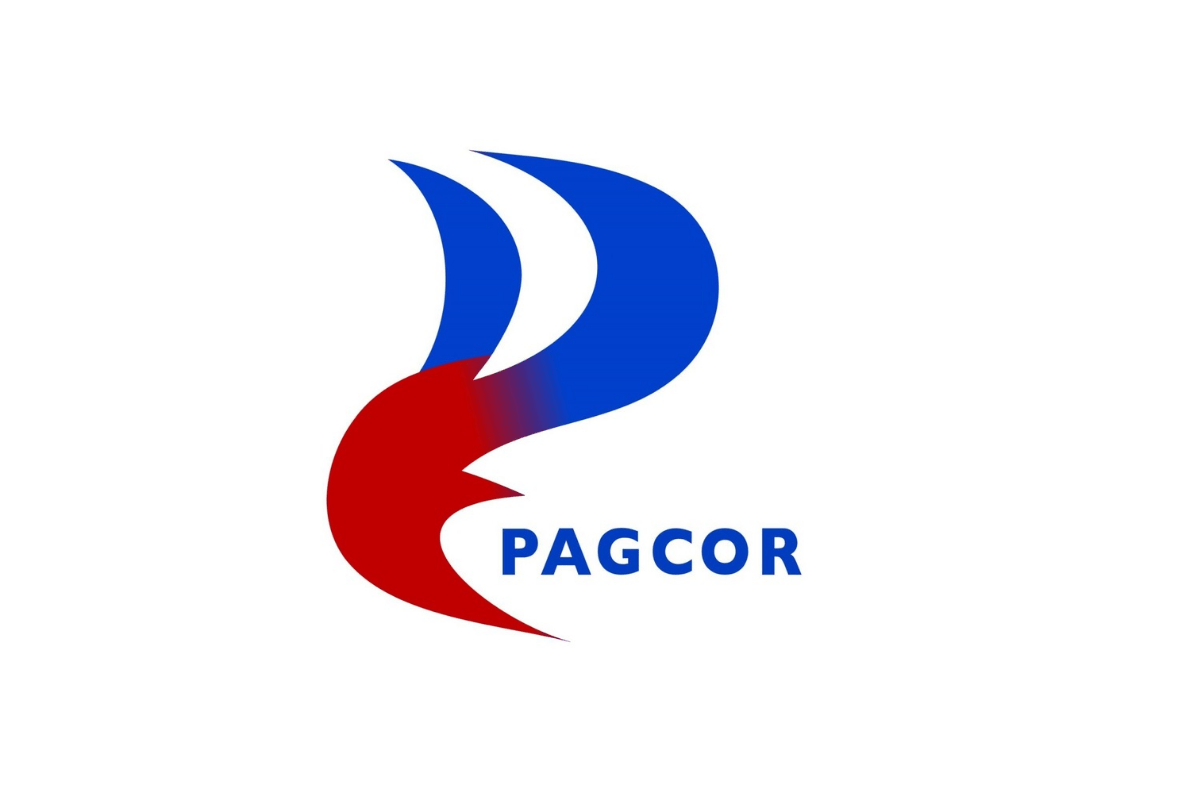

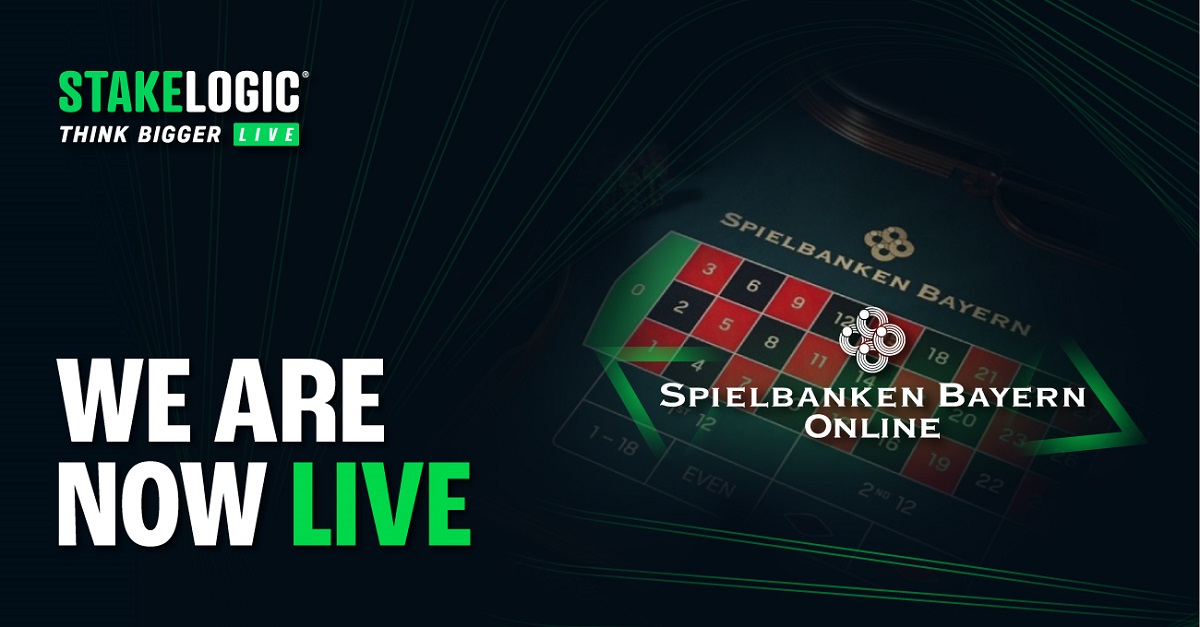

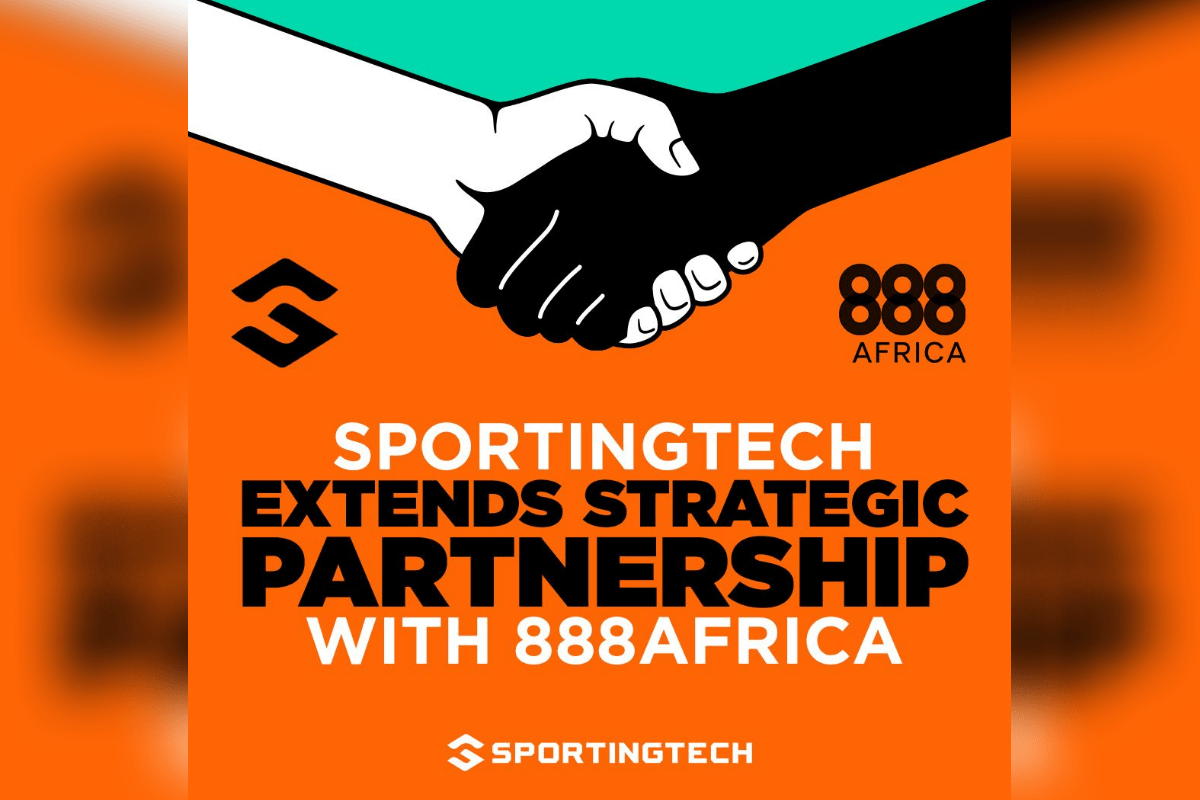
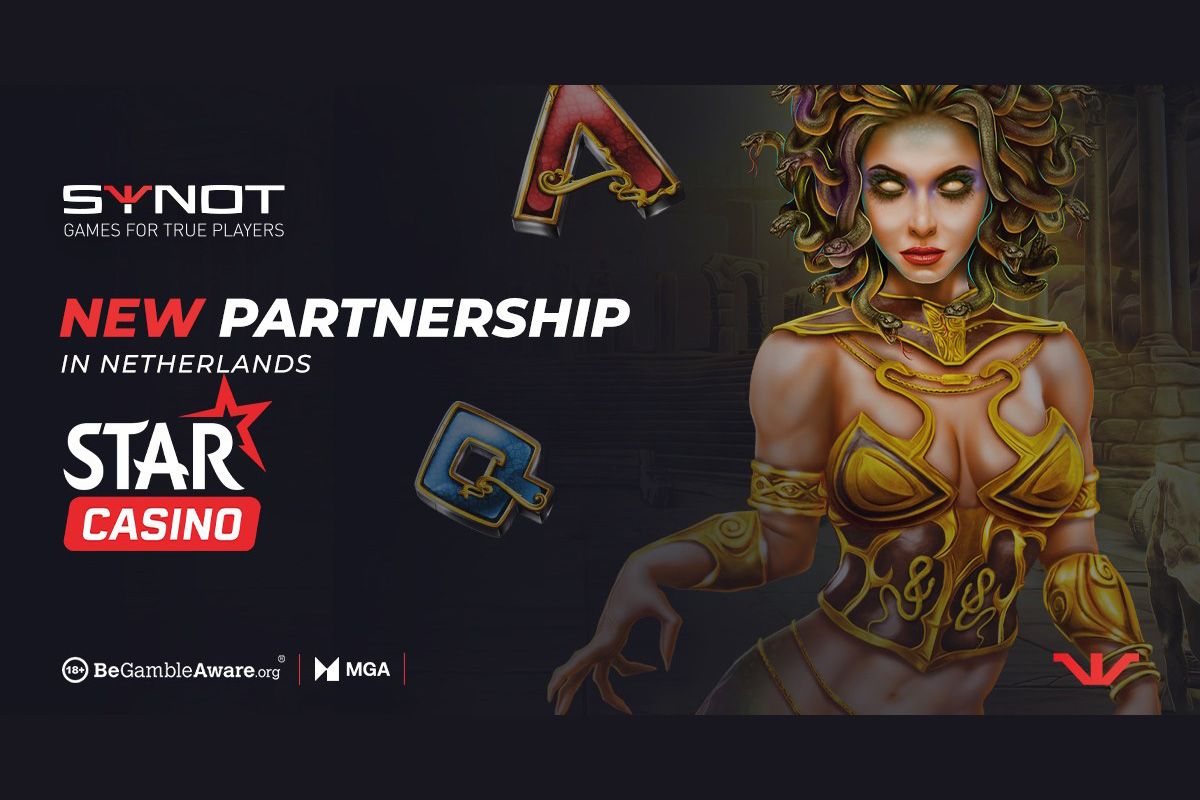

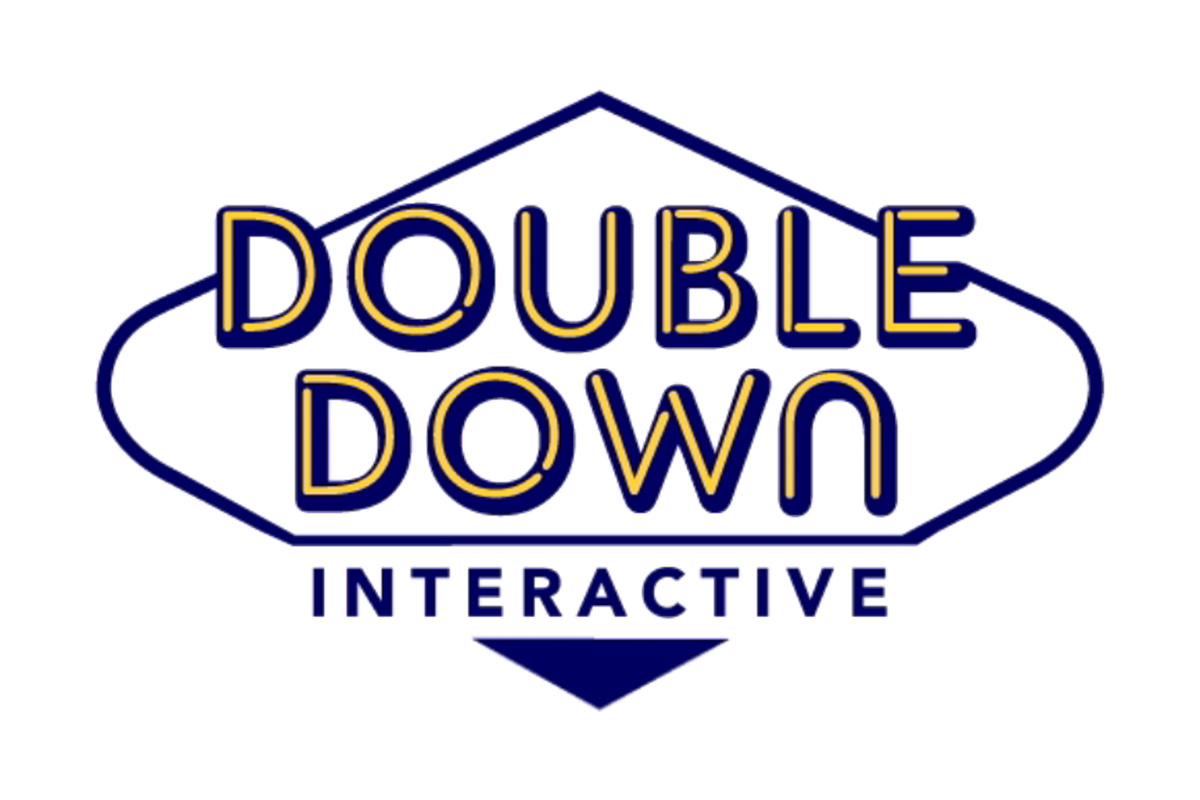

You must be logged in to post a comment Login